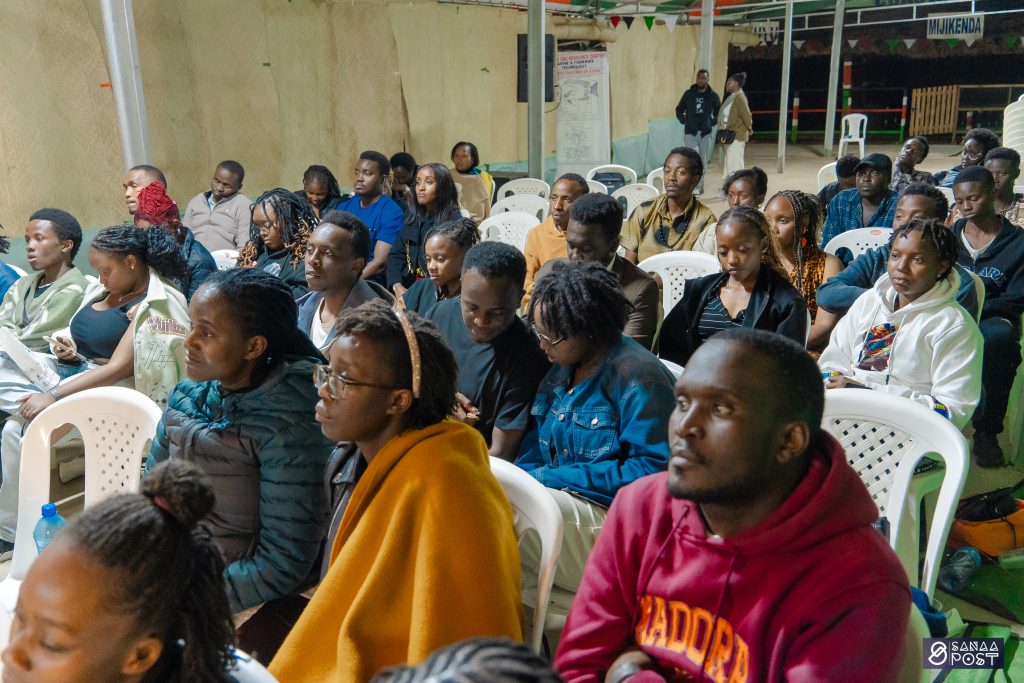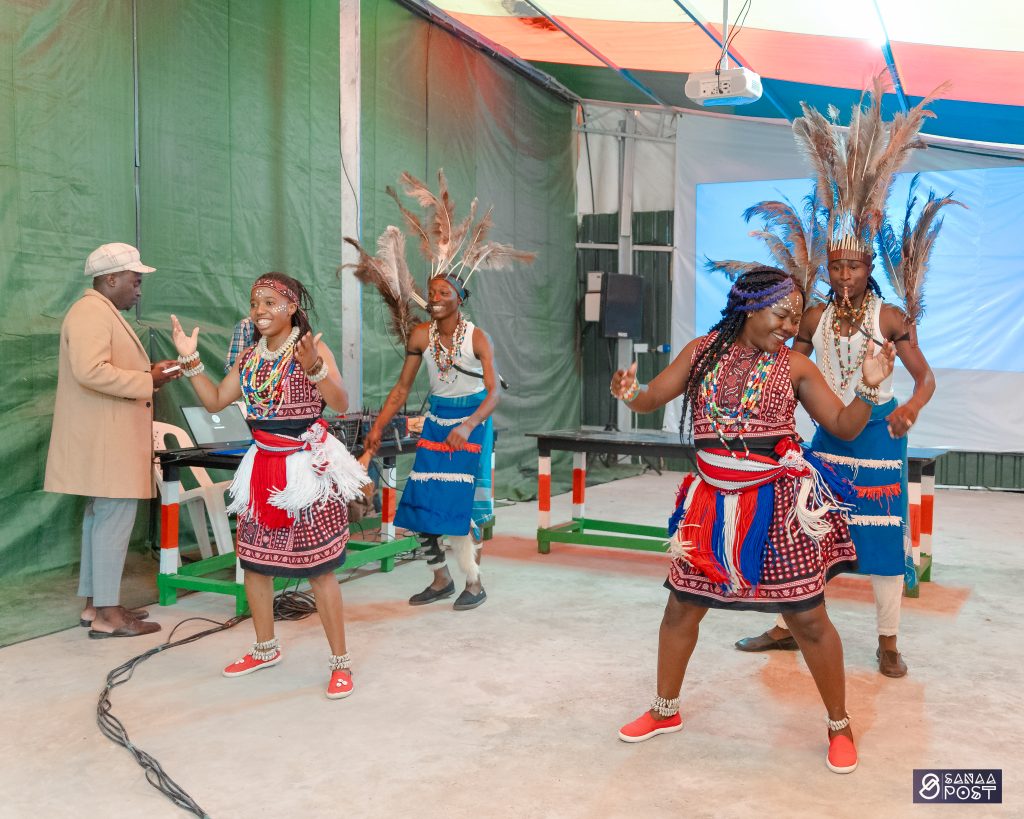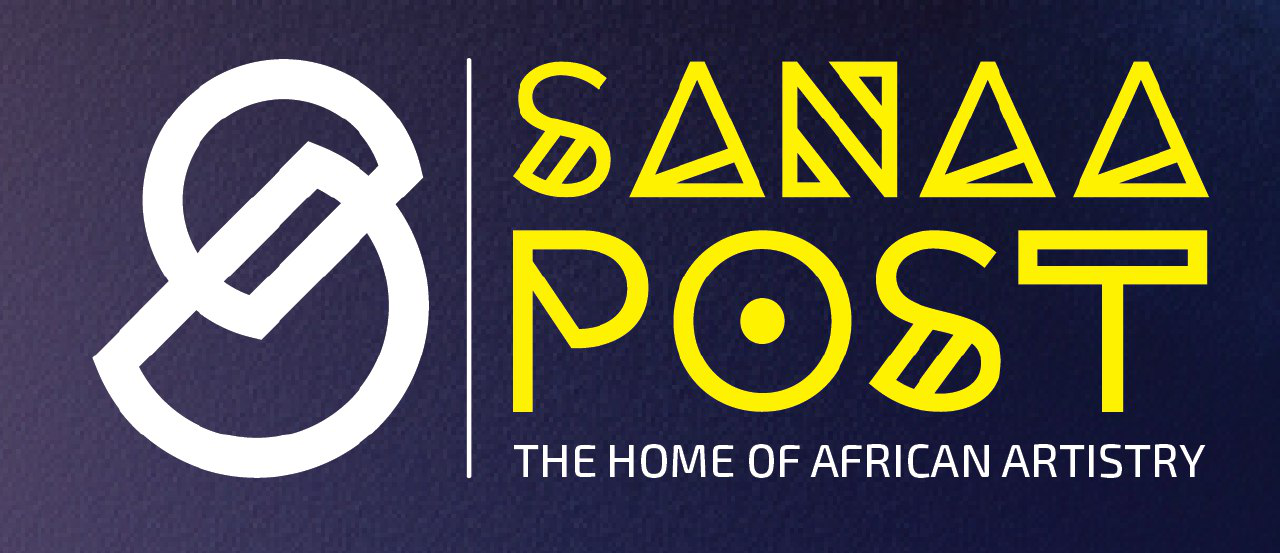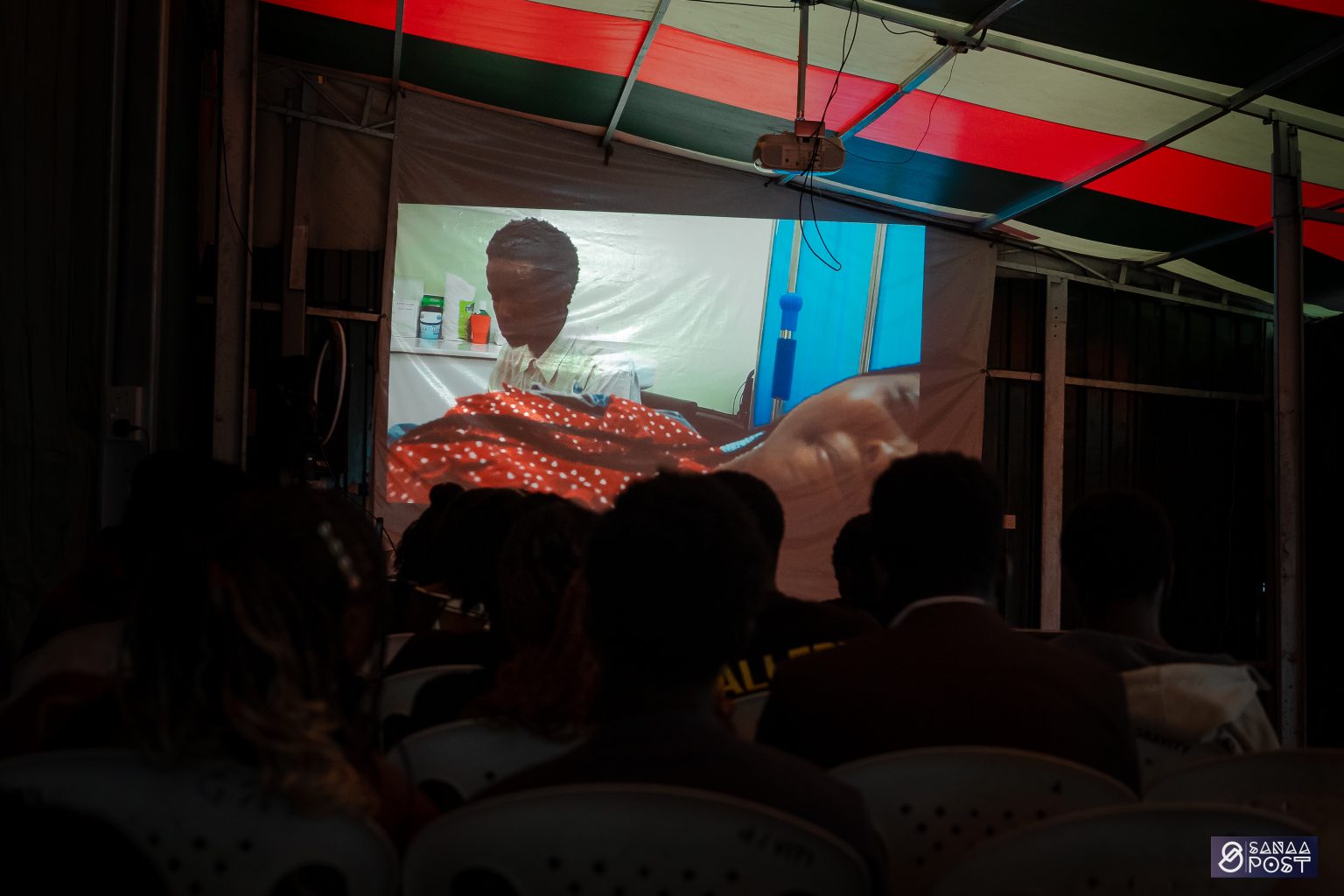Directed by Austin Isiye and written by Faith Kinya and Austin Isiye, with Lavendah Bosibori as producer, The Oath represents an ambitious expansion of Kinya and Isiye’s original short film into a full-length feature by KCA students. The film ventures into the treacherous waters of love, betrayal, and supernatural manipulation, weaving together two sides whose fates become entangled when control supersedes affection. While the effort deserves recognition, the execution highlights the complex challenges faced by student filmmakers as they navigate between artistic vision and technical limitations.
The Oath centers on Adam Katu (Jidraph Ruriga), whose love for the married Mara Dade (Jessica Oyim) sets him on a collision course with his mother, Elizabeth Katu, the leader of a manipulative cult. When Elizabeth discovers Adam’s protective relationship with Mara, who suffers under her husband Peter Dade‘s (Abuga Gamaliel) domestic violence, she orchestrates an elaborate scheme involving ritual manipulation and Peter’s cooperation to keep the lovers apart. Elizabeth simultaneously deploys fellow cult member Naamah Kadizoh (Cindy Whitney) to seduce Adam away from Mara. The narrative culminates in Adam and Mara’s alliance to expose Elizabeth’s machinations, ultimately choosing love over manipulation.
The screenplay’s treatment of witchcraft presents a significant disconnect from Kenyan cultural realities. While supernatural beliefs are indeed rich and prevalent in Kenya, the film’s portrayal feels divorced from authentic local practices, creating an unfortunate Nollywood-esque interpretation that lacks cultural grounding. This disconnect undermines the story’s credibility and misses an opportunity to explore genuinely Kenyan mystical traditions.
Perhaps the most glaring issue lies in the film’s linguistic choices. The sight of witches delivering incantations in fluent English creates an almost comical cultural dissonance. This forced English dialogue throughout the film reflects a broader problem in African film education: the failure to embrace indigenous languages as legitimate artistic mediums. As Ngũgĩ wa Thiong’o observed in Decolonising the Mind, “How did we, as African writers, come to be so feeble towards the claims of our languages on us and so aggressive in our claims on other languages, particularly the languages of our colonization?” The film inadvertently reinforces this linguistic alienation. This suggests that film schools should actively encourage students to script in local languages and embrace the cultural authenticity of their scripts.
The film’s audio landscape proves particularly problematic. Intrusive musical beds overwhelm scenes meant to carry emotional weight, creating a self-sabotaging effect that becomes more pronounced as the film progresses. This persistent audio interference throughout the film consistently undermines dialogue delivery and emotional resonance.
The performances reveal a troubling tendency toward emotional superficiality. Critical moments, such as Mara’s miscarriage and the scenes depicting violence, just to name a few, lack the emotional depth and authenticity required to engage audiences meaningfully. The actors and directors appear to have prioritized completion over emotional truth, rushing through pivotal scenes rather than allowing emotions to develop and manifest authentically on screen.
The Oath tackles weighty themes of love, betrayal, and domestic violence while examining how the desire for control corrupts human relationships. The exploration of manipulation, both supernatural and psychological, offers fertile ground for meaningful commentary on power dynamics within families and communities. However, these promising thematic elements remain underdeveloped, losing impact due to execution issues that prevent the deeper meanings from fully emerging.
The film’s technical execution reveals the harsh realities of student filmmaking, an ambitious vision constrained by limited resources and experience. While the cinematography shows moments of competence, inconsistent audio quality and pacing issues suggest that technical training requires strengthening. The filmmakers demonstrate understanding of narrative structure, but the execution falters in crucial areas where professional polish would elevate the material.
Rather than dismissing student work as inherently flawed (as is the norm), perhaps the industry should engage more constructively with academic institutions to bridge this gap. The Oath serves as a case study in the need for curricula that emphasize cultural authenticity, technical proficiency, and emotional truth in storytelling. The talent is clearly present; what remains is the challenge of nurturing and properly equipping that talent for the realities of contemporary Kenyan cinema, first before we even talk about Africa.







